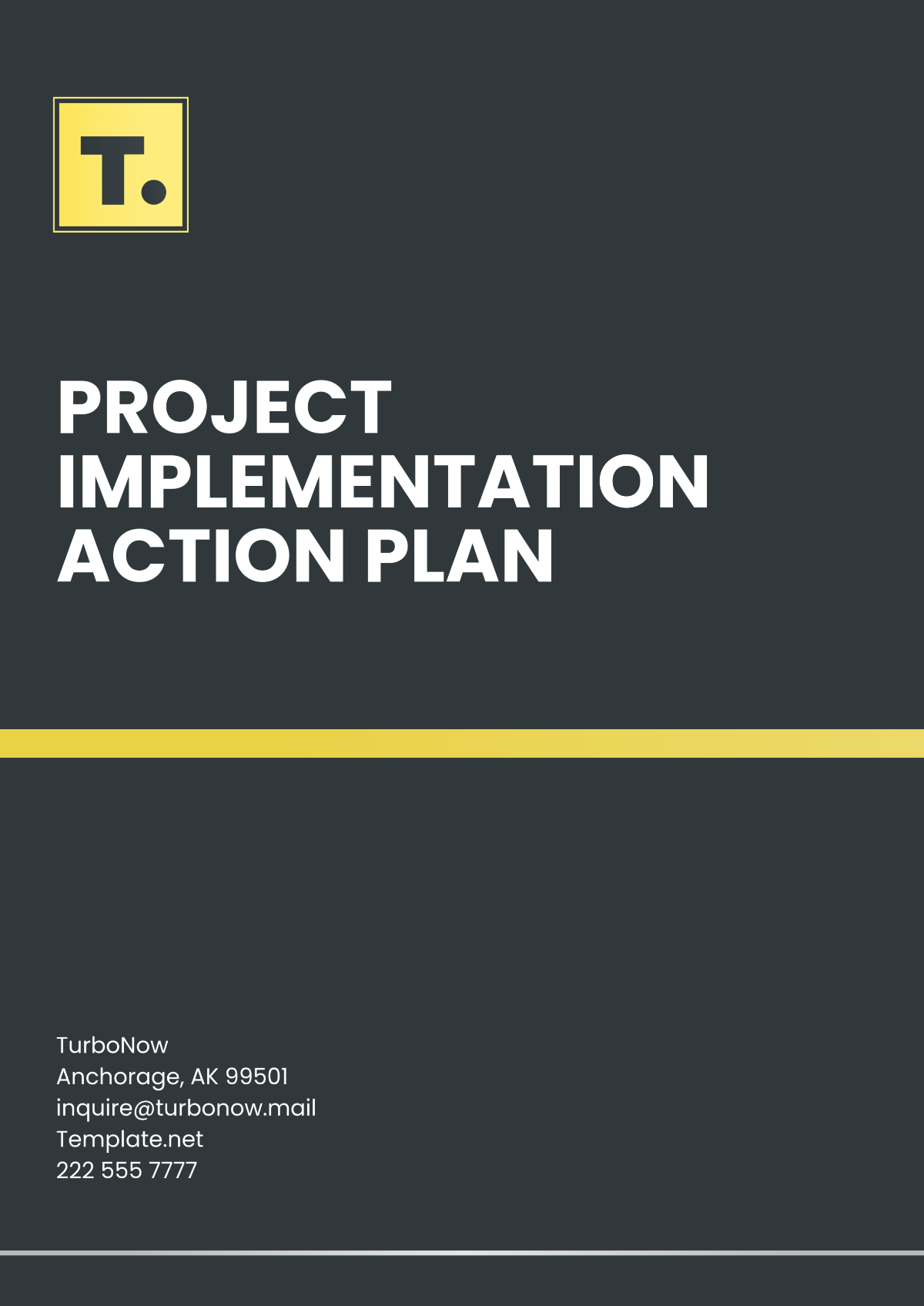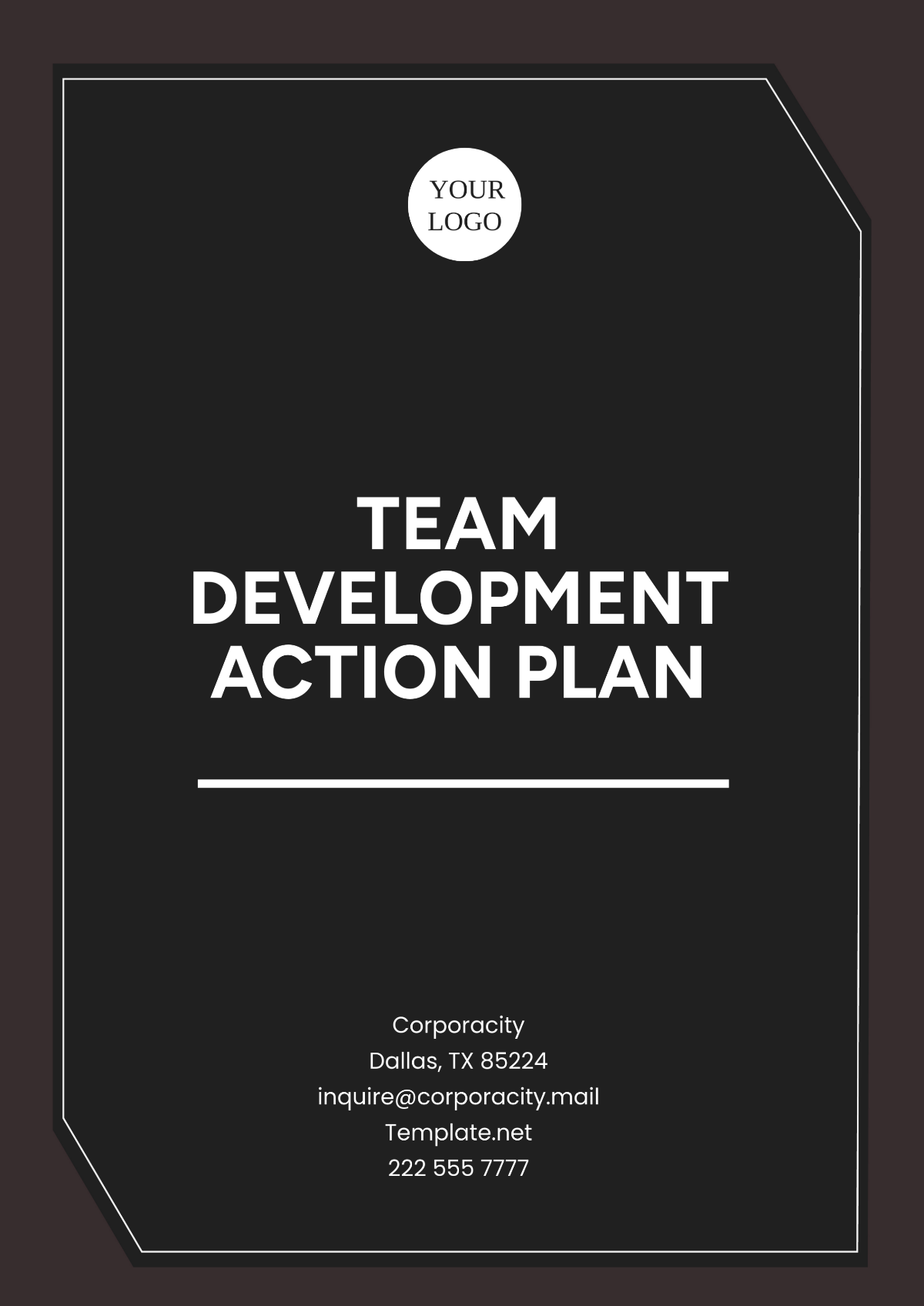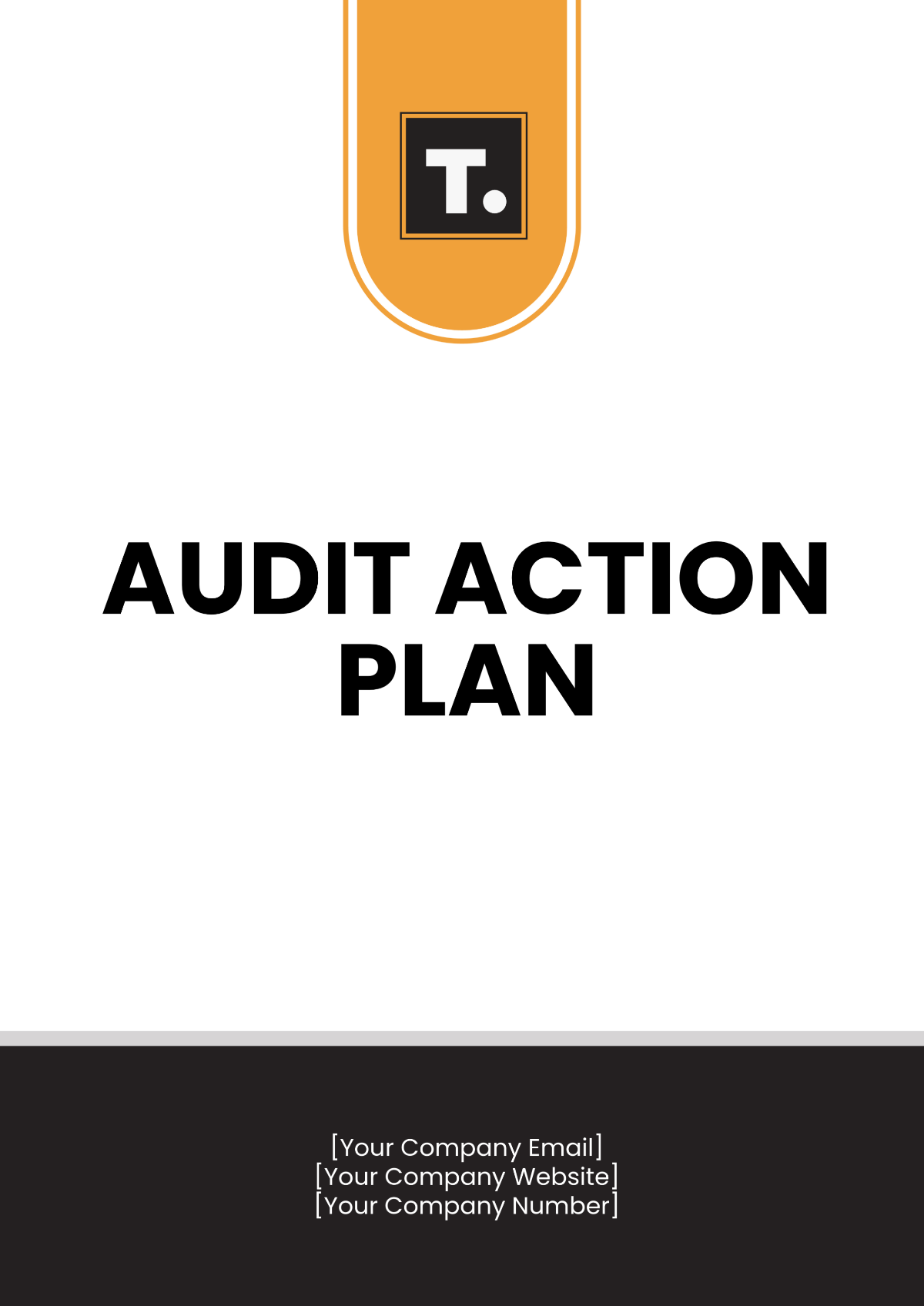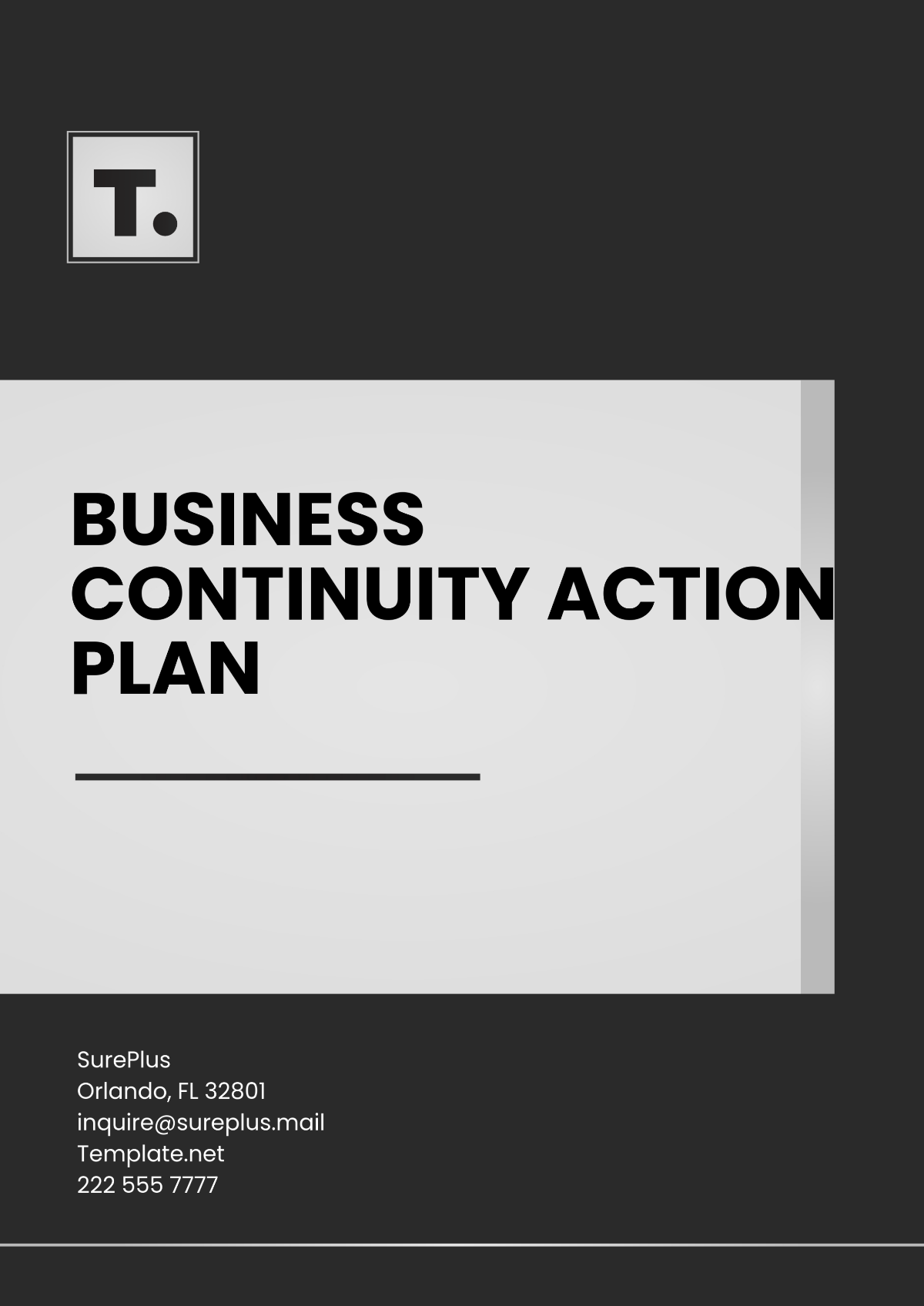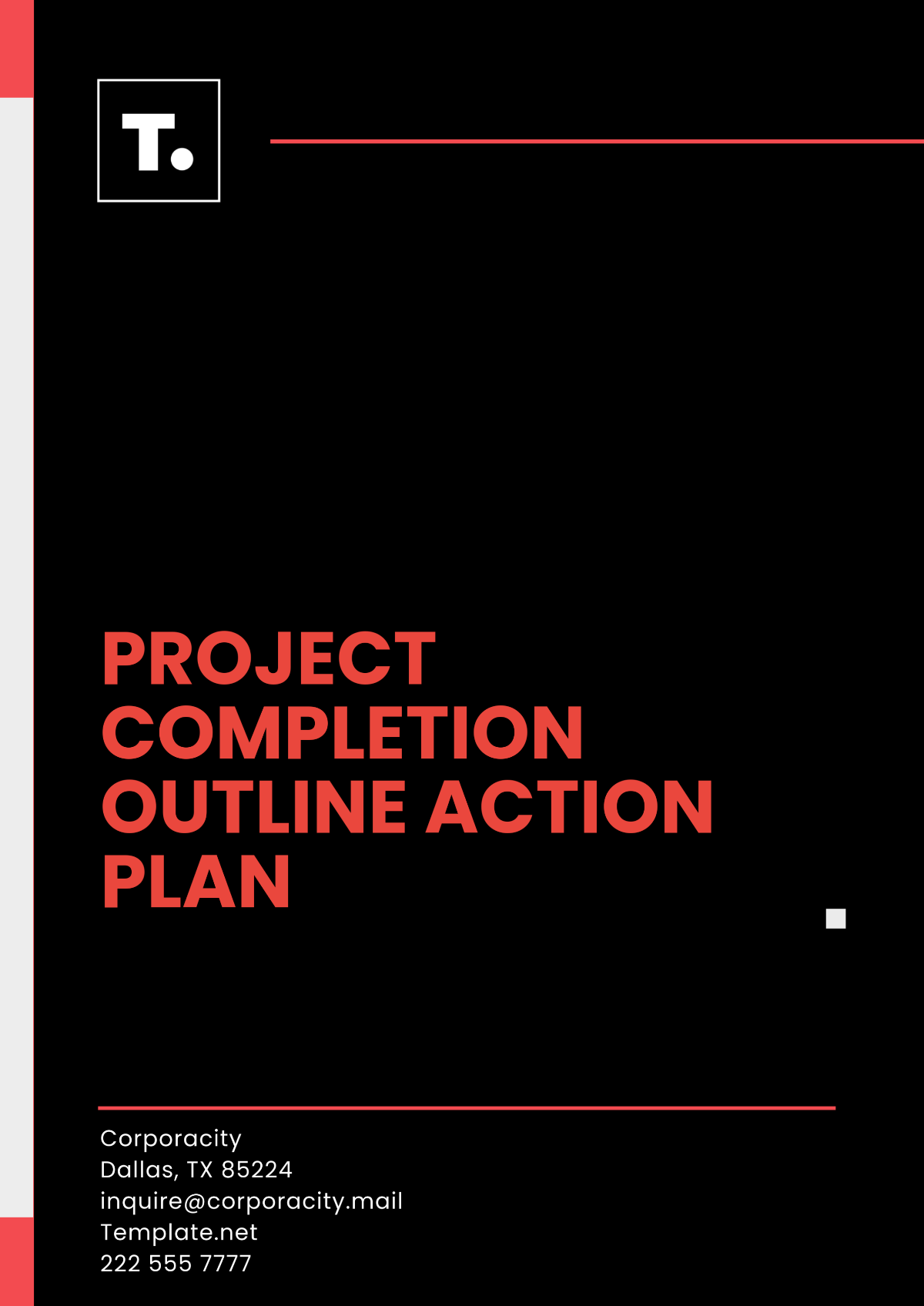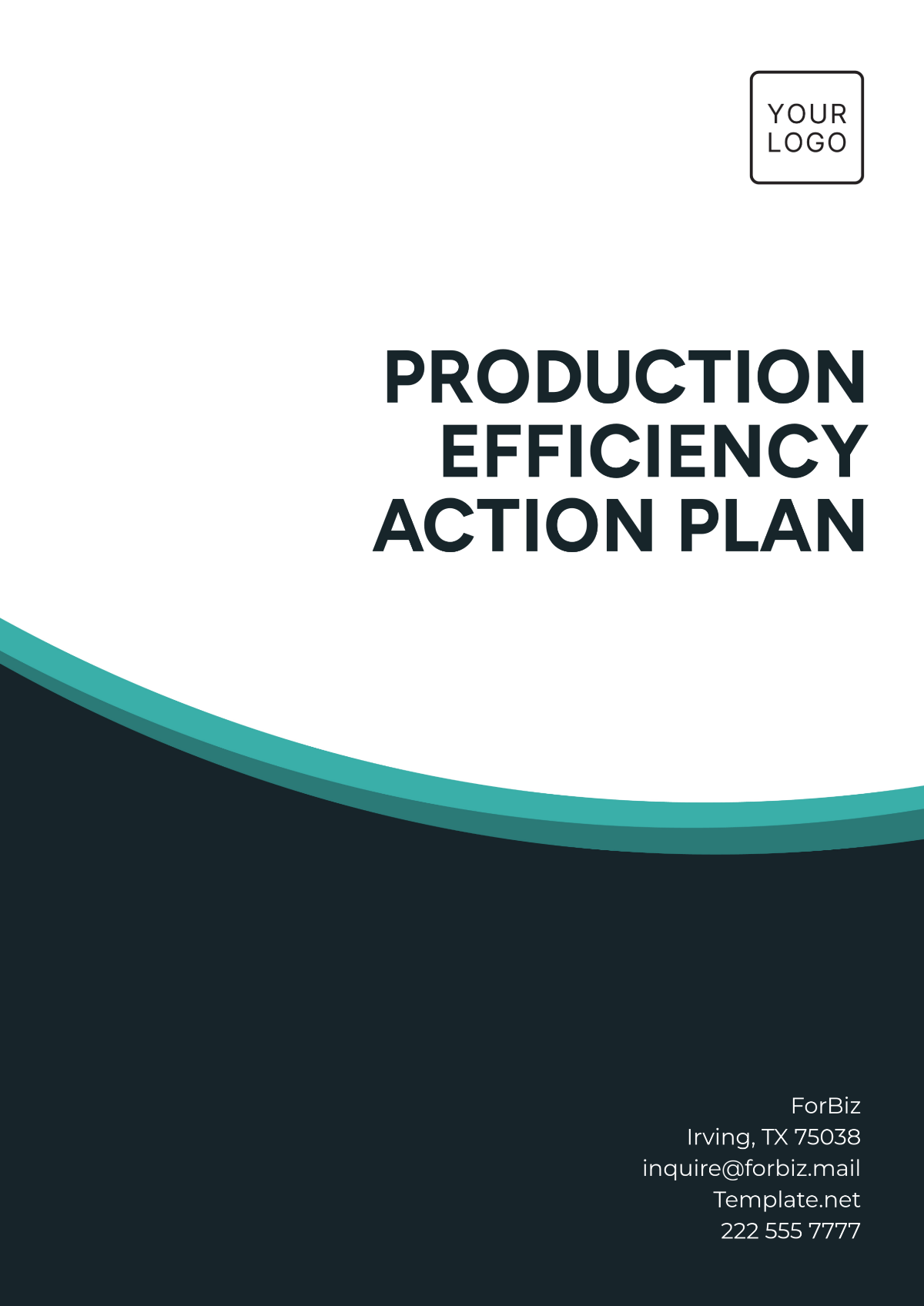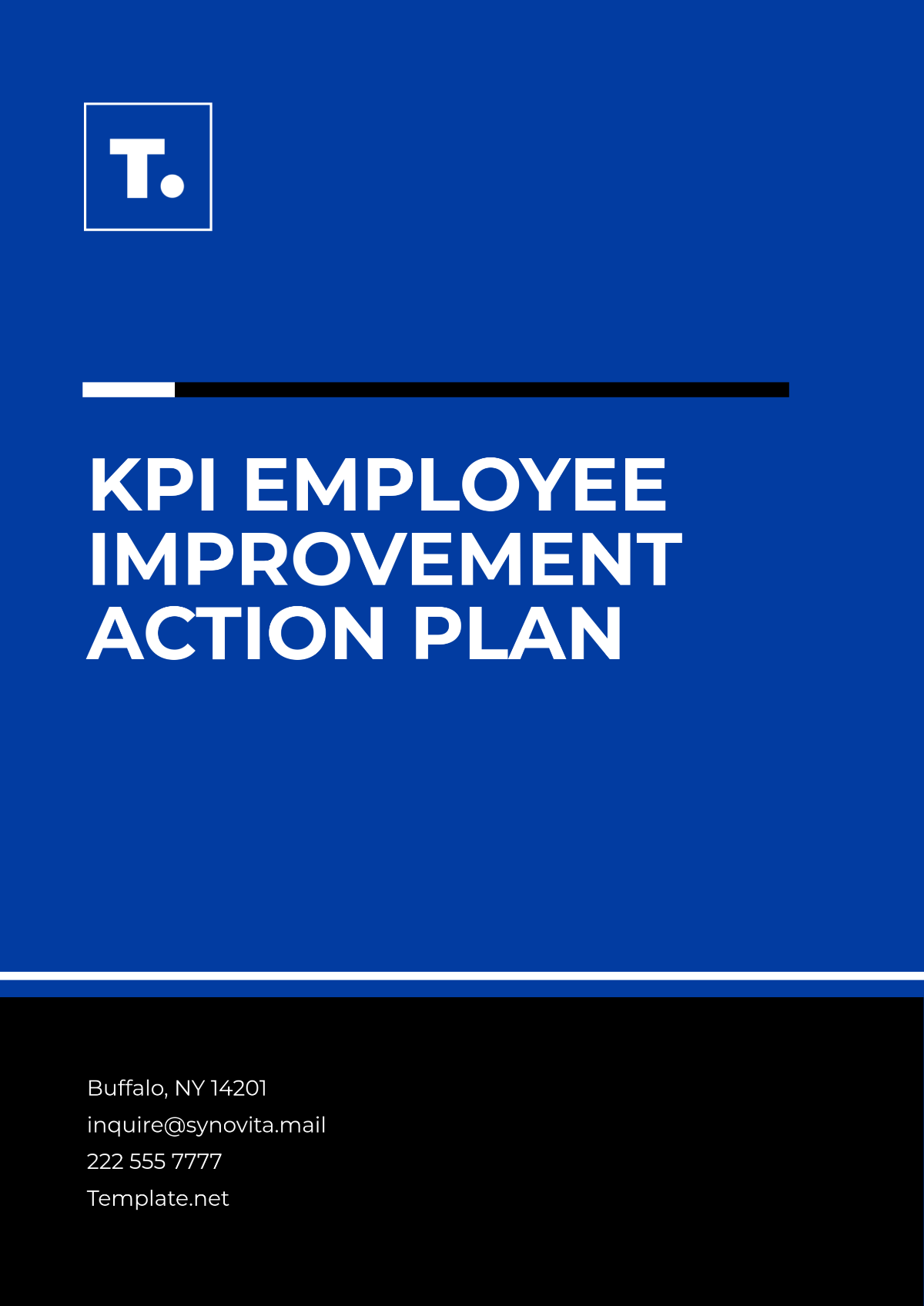Action Plan Methodology
Introduction
The Action Plan Methodology Template is a comprehensive and structured document designed to guide individuals or organizations in outlining the necessary steps to achieve specific goals or objectives. It provides a systematic approach to ensure that all critical aspects of a project are thoroughly covered, facilitating smooth execution and effective results. This methodology serves as a roadmap for action, helping to align resources, responsibilities, and timelines to achieve desired outcomes.
Goal Definition
Clearly defining the primary goal or objective is crucial for setting the direction and motivation for the entire action plan. A well-articulated goal provides clarity and focus, making it easier to develop actionable steps.
Steps:
Identify the Ultimate Objective: Determine the core goal that the action plan aims to achieve, such as launching a new product or improving operational efficiency.
Ensure the Goal is SMART: Make sure the goal is Specific, Measurable, Achievable, Relevant, and Time-bound to ensure clarity and feasibility.
Write a Brief Statement of the Goal: Articulate the goal in a concise statement that captures its essence and purpose.
Scope and Context
Defining the scope and context of the action plan helps to set boundaries and clarify the operational environment. This section outlines the limits within which the action plan will operate and identifies any relevant factors affecting its execution.
Steps:
Define the Geographical, Temporal, and Functional Scope: Determine the extent and limits of the plan in terms of location, time frame, and functional areas.
Identify Internal and External Contexts: Consider stakeholders, environmental factors, and organizational constraints that may impact the plan.
Document Constraints and Opportunities: Record any limitations or potential benefits that could influence the execution of the action plan.
Stakeholder Analysis
Analyzing stakeholders is essential for understanding their interests and influences, which is crucial for successful implementation and buy-in.
Steps:
List All Relevant Stakeholders: Identify individuals or groups affected by or involved in the action plan.
Analyze Interests and Expectations: Assess each stakeholder's interests, expectations, and potential impact on the project.
Develop Engagement Strategies: Create strategies for engaging and communicating with stakeholders to ensure their support and address any concerns.
Resource Allocation
Effective resource allocation ensures that all necessary resources are available and utilized efficiently throughout the action plan.
Steps:
Identify All Required Resources: Determine the human, financial, and material resources needed to execute the action plan.
Allocate Resources Based on Priorities: Distribute resources according to the plan's priorities and availability to maximize efficiency.
Document Resource Requirements: Clearly outline the requirements and allocation plans for transparency and accountability.
Action Steps
Detailing specific actions required to achieve the goal helps in breaking down the process into manageable tasks with clear responsibilities and timelines.
Steps:
Break Down the Goal into Tasks: Decompose the goal into smaller, actionable tasks that can be assigned and managed effectively.
Assign Responsibilities: Designate team members or departments responsible for each task.
Set Deadlines and Milestones: Establish clear deadlines and milestones to track progress and ensure timely completion.
Outline Expected Outcomes and Deliverables: Specify what is expected from each task and the deliverables to be produced.
Risk Management
Identifying and managing risks is essential to mitigate potential issues that could impact the success of the action plan.
Steps:
Identify Potential Risks: Recognize risks and uncertainties that might affect the plan's execution.
Analyze Likelihood and Impact: Evaluate the probability and potential impact of each risk to prioritize mitigation efforts.
Develop Mitigation Strategies: Create strategies to address and minimize identified risks.
Assign Risk Management Responsibilities: Designate individuals or teams responsible for managing and monitoring risks.
Monitoring and Evaluation
Monitoring progress and evaluating effectiveness are critical for ensuring the action plan stays on track and meets its objectives.
Steps:
Define Key Performance Indicators (KPIs): Establish measurable indicators to assess progress and success.
Set Up a Monitoring Schedule: Develop a timeline for regular monitoring and review of progress.
Develop an Evaluation Framework: Create a framework to evaluate the effectiveness of the action plan and determine if objectives are being met.
Document and Report Progress: Maintain records of progress and report findings regularly to stakeholders.
Review and Adjustment
Regular review and adjustment of the action plan ensure that it remains relevant and responsive to changing conditions and feedback.
Steps:
Schedule Regular Review Meetings: Plan periodic meetings to review the action plan and assess its progress.
Gather Feedback from Stakeholders: Collect input from stakeholders to identify areas for improvement and address concerns.
Analyze Performance Data: Review performance data to evaluate the effectiveness of the action plan.
Update the Action Plan: Revise the plan as needed to address new challenges, opportunities, or changes in circumstances.
Conclusion
Summarize the key elements of the action plan and emphasize the importance of diligent execution and continuous assessment. Reinforce the commitment required from all stakeholders to achieve the defined objectives successfully. Highlight the value of ongoing review and adjustment to ensure the action plan remains aligned with its goals and delivers the desired outcomes.


